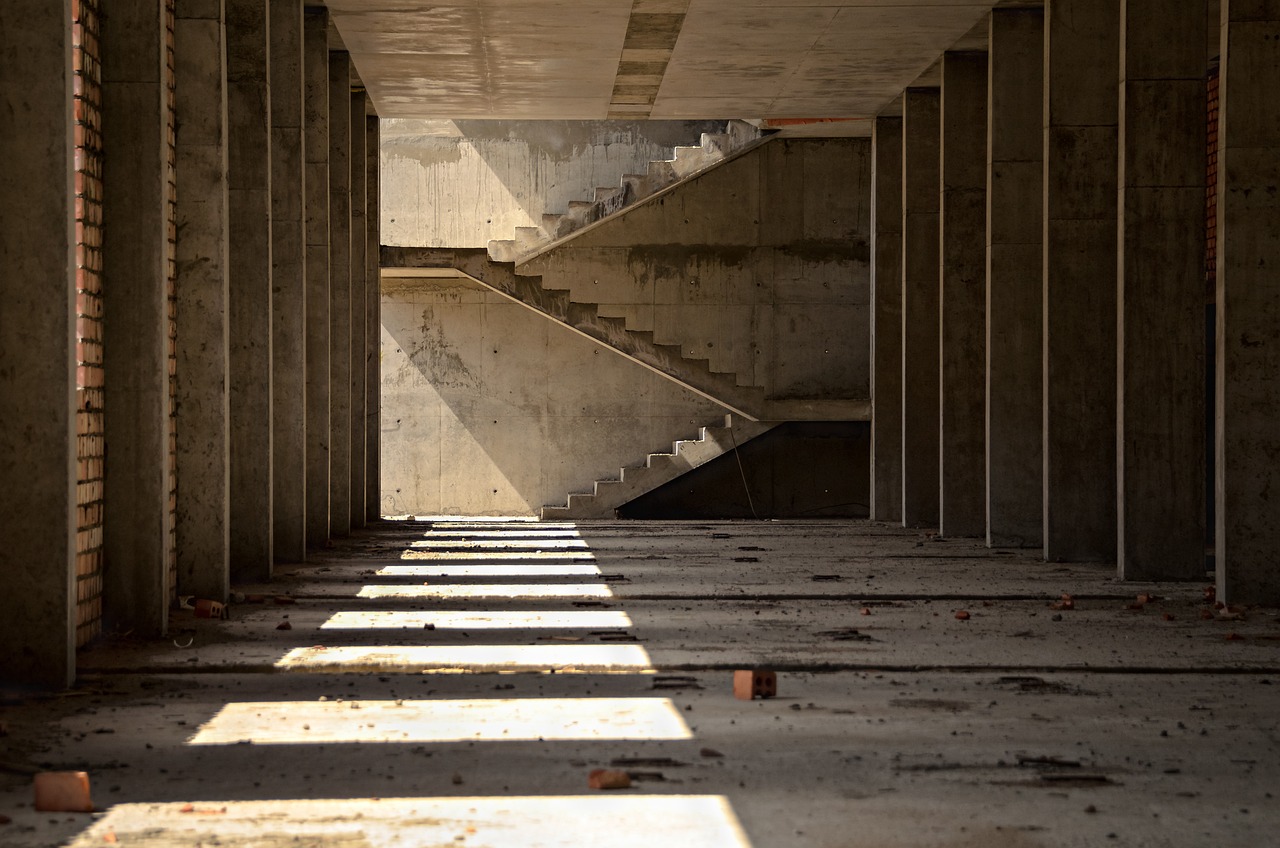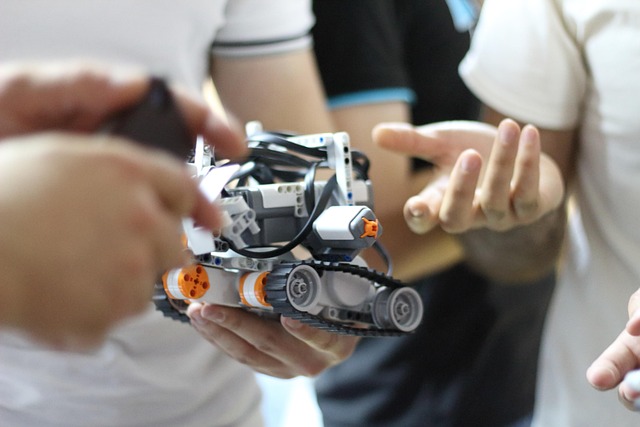Article Title:Retrograde intramedullary femur nailing with,, Rendez-vous technique. A new philosophy
Abstract:
Objective. The disadvantages of retrograde intramedullary nailing are the necessity of explanting the nail through the knee and the occasional difficulties with proximal interlocking. The new retrograde intramedullary nail includes the following innovations: The nail is inserted into the medullary canal beyond the great trochanter, so that a proximal aiming device can be used. The nail is removed through the proximal opening. The distal opening can be closed with the osteochondral cylinder that has been taken out before. Material and methods. In all, 27 patients have been included in this prospective study. The intraoperative data of the implantation has been recorded. A clinical/radiologic examination took place on the day of discharge and 6-12-26 weeks after the operation in order to record the postoperative complications. Results. The mean time of follow-up examinations at the moment is 8,9 months (2-14). No infections have occurred. The healing of the fractures was without any problems. No patient complained of any major problems concerning the knee and the hip. Conclusions. The new Sinart(TM)-Nail seems to be a nail that can be implanted easily and without complications. It combines the advantages of the retrograde intramedullary nailing with the advantages of the anterograde explantation. The two aiming devices facilitate a distal and proximate fixation without fluoroscopy. The replanting of the osteochondral cylinder reduces internal damage to the knee.
Keywords: retrograde nailing; femur; complication; Rendez-vous maneuvre
DOI: 10.1007/s00104-001-0397-x
Source:CHIRURG
Welcome to correct the error, please contact email: humanisticspider@gmail.com



